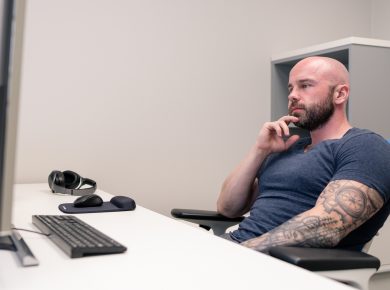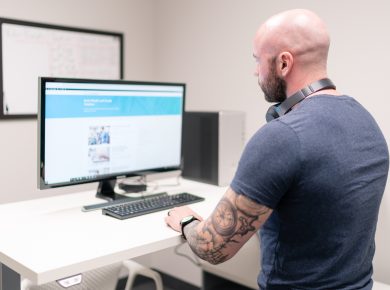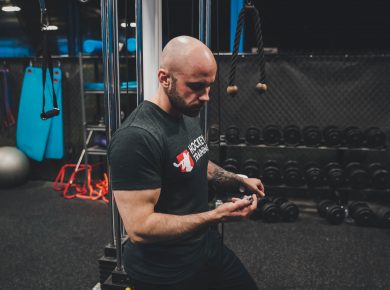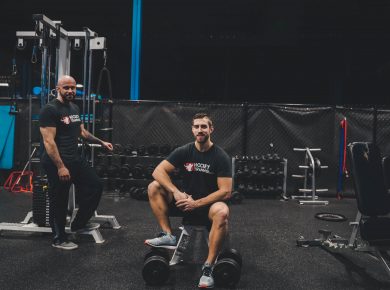The massive popularity of evidence-based coaching has made the science of programming the main priority that everyone wants to display when talking with any customers, prospects, or current clients.
But when you take the personal out of personal training, you are missing the primary driver of your business.
People buy people, they don’t buy programs.
Beyond this, real coaches coach people, they don’t coach numbers.
So if you are struggling with sales right now, maybe it’s because your method of communication isn’t connecting with your customers.
Learning From Mark Cuban
Shark Tank is one of my all-time favorite shows, and one episode Mark Cuban said:
“You have to re-earn your customers business every day.”
What a great line, that one really stuck for me because it is so true.
This day and age people have access to hundreds of different trainers in your city, thousands of different programs online, and millions of articles that provide everything they need in order to get in shape.
So, why the hell would they ever go to you?
You better answer that question, every single day.
Get Out Of Your Shoes and Into Theirs
The only way you can truly connect with your customers is to put yourself in their shoes.
For me personally, if I can’t be a customer of my own product then I’m probably going to do a crappy job at running my company.
That’s why I am always a part of everything I sell.
Every HockeyTraining.com product is test purchased to ensure the process is working flawlessly.
Every course I have ever created is beta-tested by myself to ensure the learning process is complete.
Every program I ever prescribe has only been prescribed because I know it works through real in-the-trenches coaching experience.
And even the things that you can’t beta-test like my seminar tours, I still make sure I rehearse those at home many times over so that by the time I get to the venue I know it like the back of my hand.
Beyond this, I ask myself things like:
- What has annoyed me about attending seminars as a guest in the past?
- What could I do to separate myself from every other presenter?
- What value can I provide so that they don’t just have new information, but they have new actionable information?
Put very simply, I put myself into the shoes of my customers for absolutely everything that I release.
This keeps my ears to the ground on what I’m doing well and what I’m doing poorly.
From there, you just adjust accordingly to give your customers a reason to stay with you… every day.
Knowing What Not To Do
It’s funny to me when you watch other entrepreneurs and you can just tell they don’t trust their own product.
What they do is protect themselves from any possible interaction, whether direct, phone or email, by having secretaries filter everything, and they respond with robotic letters or just through their assistants (if you even get a response at all).
I don’t know how they do it, I make myself available to anyone and everyone.
There is a live chat feature on HockeyTraining.com I answer questions through every day, I answer emails every day, I take calls all the time, I respond the the comments on all of my social networks, and I go out for lunch/dinner with all of my students when I travel for seminar gigs.
If something is wrong, I want to know about it so I can fix it. End of story.
The best “focus groups” are your current customers you dummies, listen to them.
Listen, no company will ever be perfect.
But, the business owner doesn’t listen to customer feedback will never take the company as far as its potential.
Final Thoughts
A happy customer will tell one person, but an unhappy customer will post it online for hundreds/thousands to see.
In the modern age, it’s a lot easier to proactively communicate with your customers than it is to have to pivot after you receive a terrible online review that gets a lot of unwanted attention towards your company.
Don’t take the personal out of personal training, we are in the people business.
This means you have to put yourself in your customer’s shoes before you make a product and make sure you can enthusiastically answer “yes!” if anyone ever asks you if you would purchase your own service.
Science makes great programs, but communication makes great businesses.







